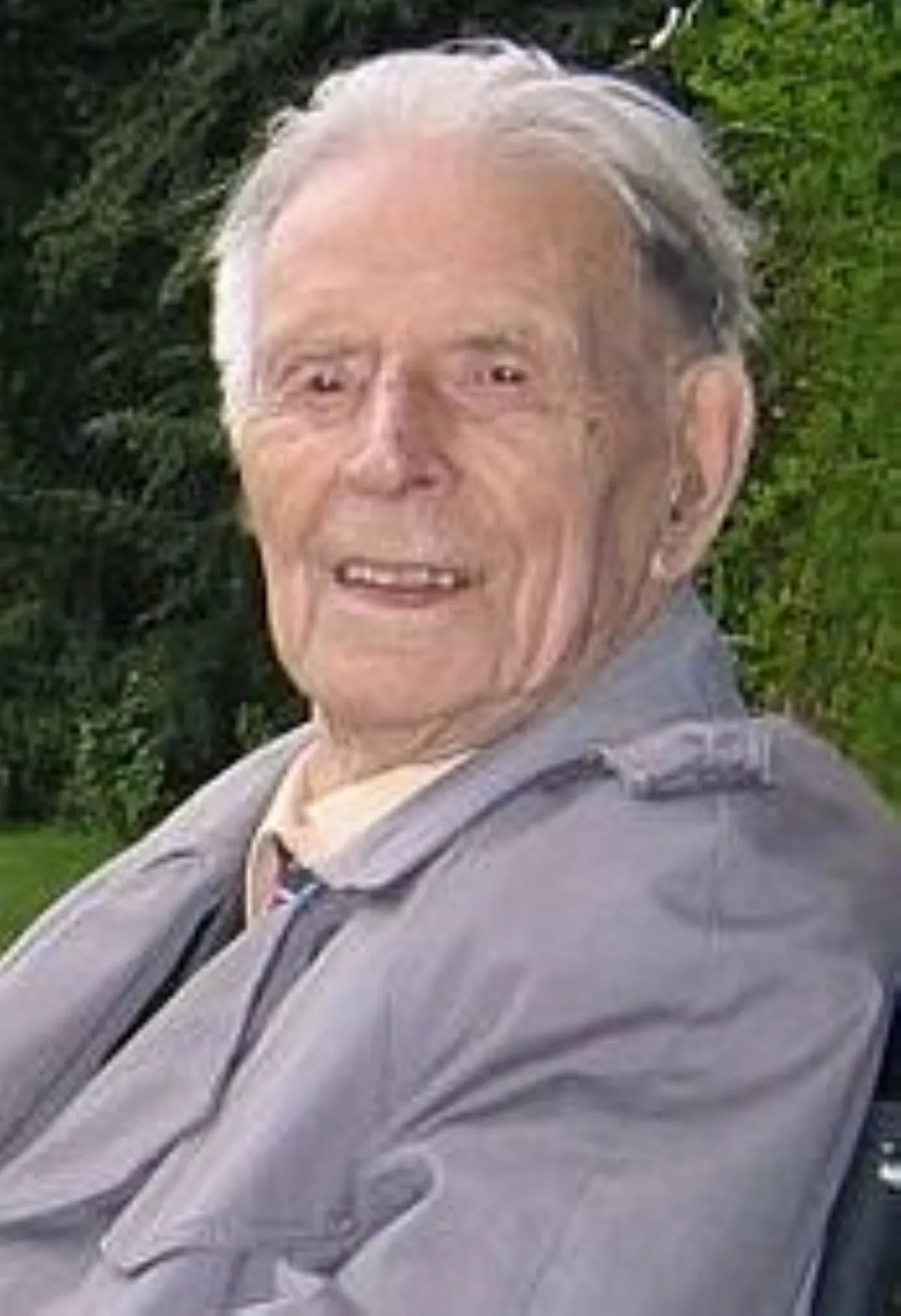 1.
1. Harry Patch was not the longest-surviving soldier of the First World War, but he was the fifth-longest-surviving veteran of any sort from the First World War, behind British veterans Claude Choules and Florence Green, Frank Buckles of the United States and John Babcock of Canada.